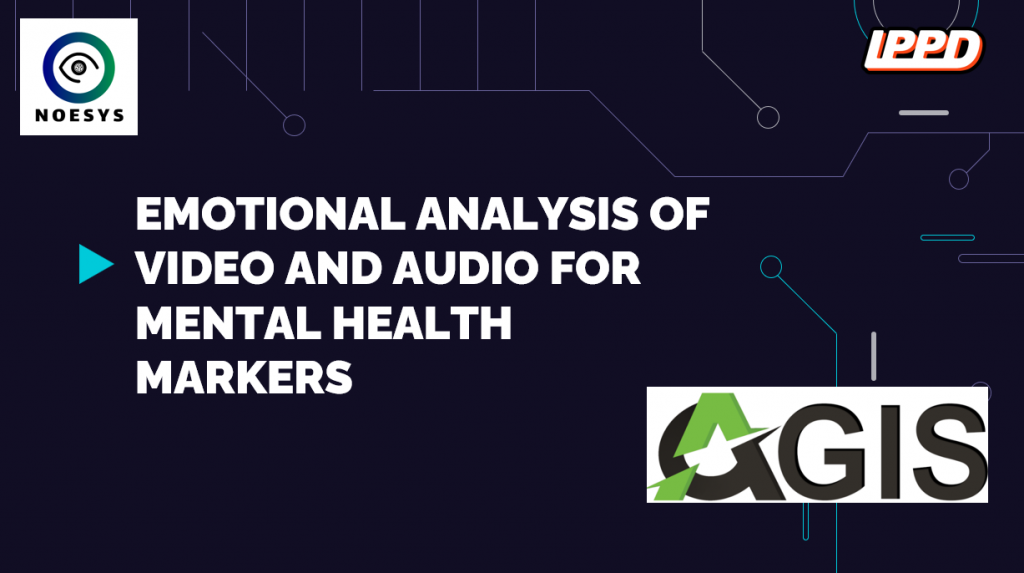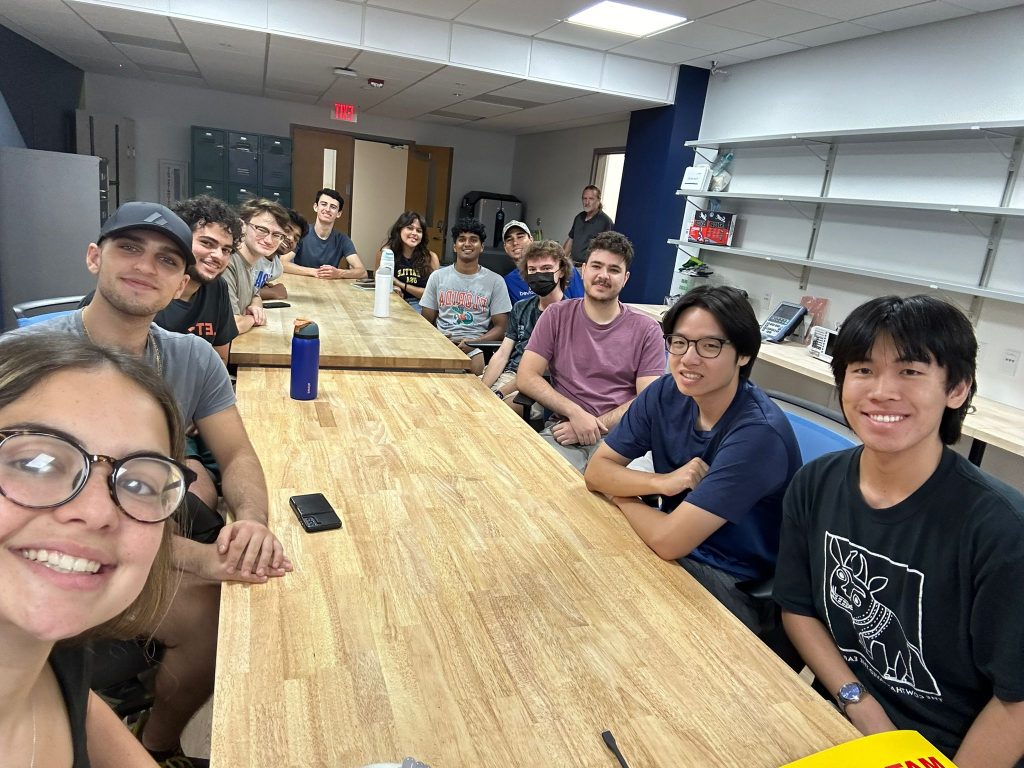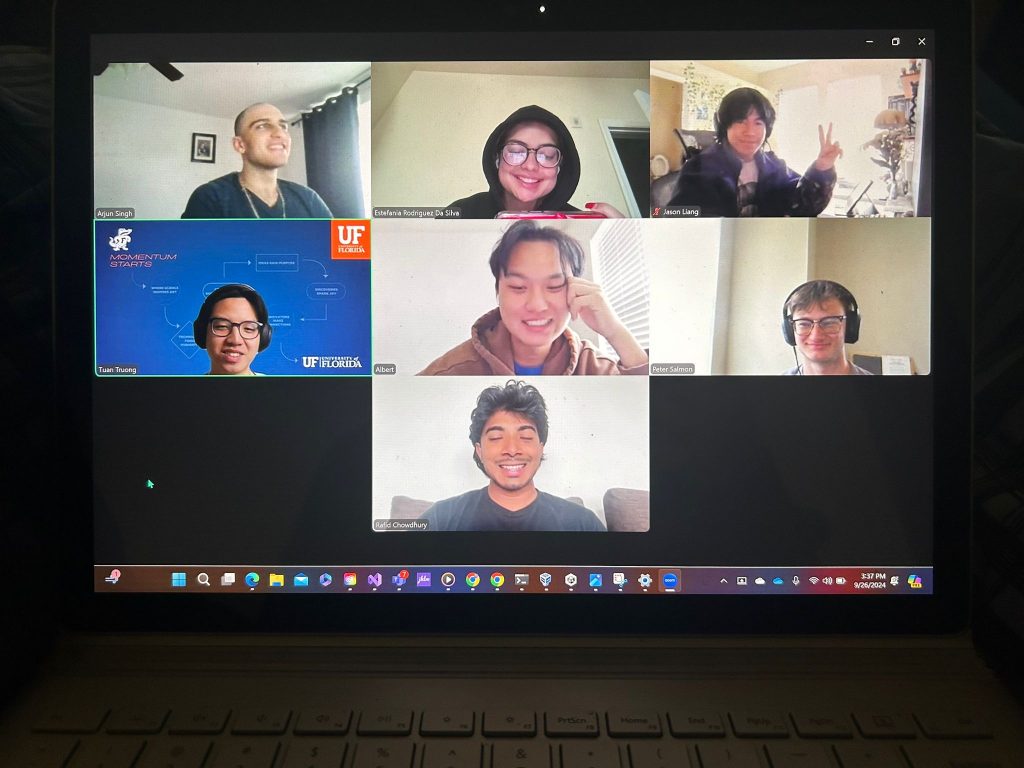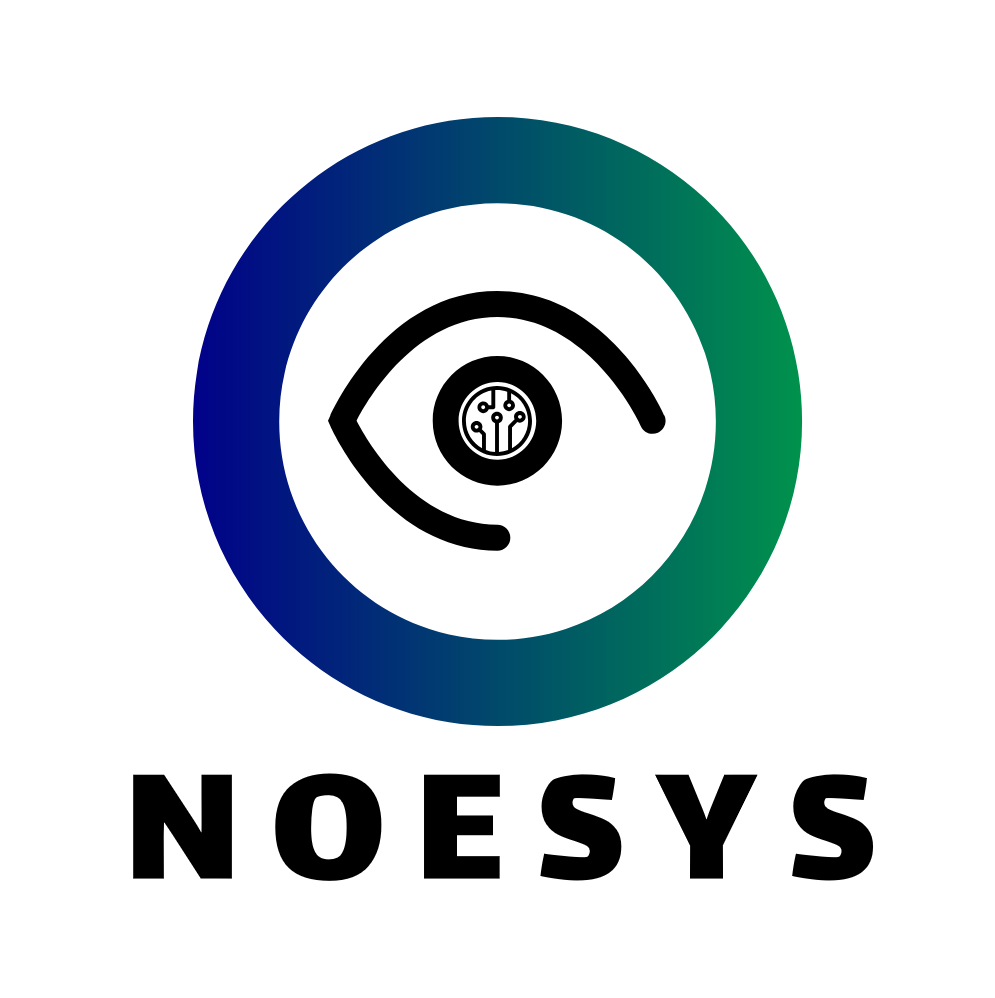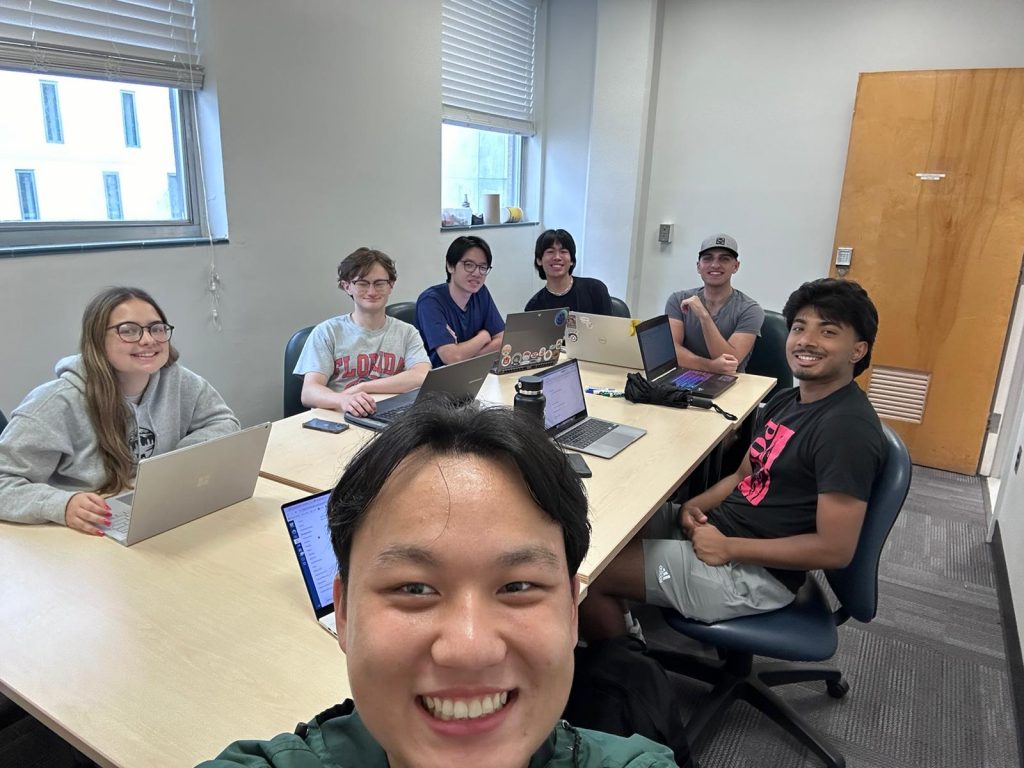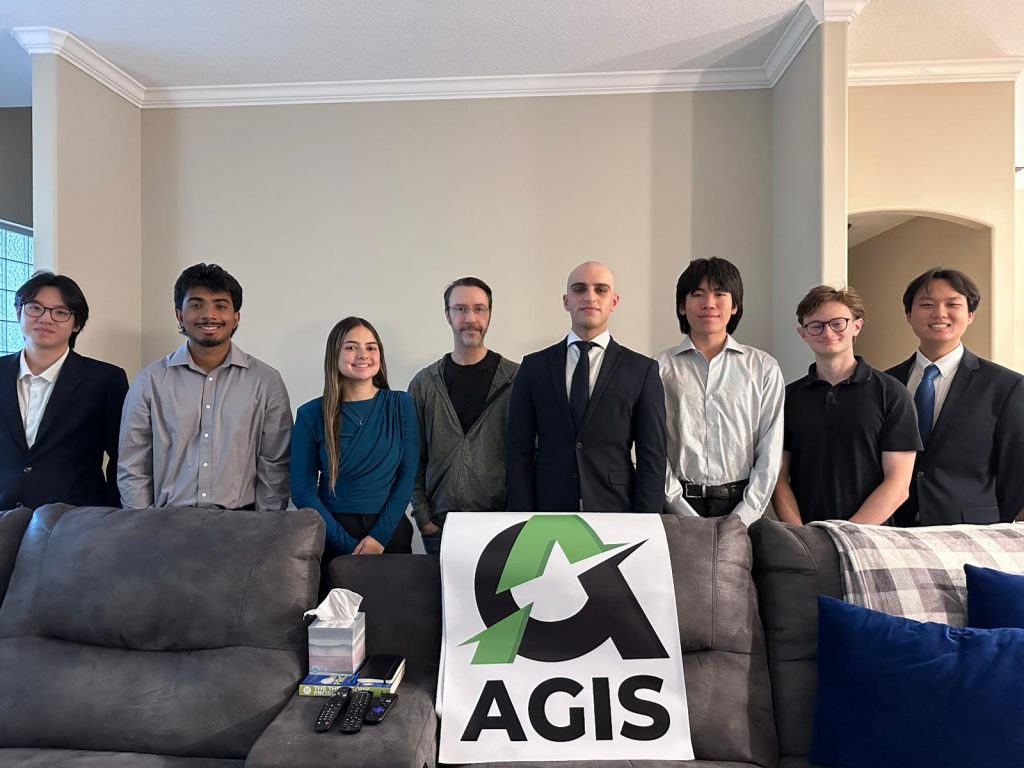
Following our successful PDR presentation in Jacksonville last week, our team has begun the data collection phase. We’ve started gathering data across all modalities needed to train our individual models and developed preliminary processing methods to extract frames, audio, and transcripts from video inputs. We’ve also reached out to dataset publishers to acquire additional datasets for our training needs. Our team has now split into focused groups for the model architecture development sprint, allowing us to work more efficiently on different aspects of the project.
Looking ahead to next week, we plan to expand our dataset collection with a focus on modality-specific data. We’ll be completing all unimodal model architectures and integrating real-time processing capabilities into our pipeline. We’re also working to ensure all team members can access Hipergator for model training purposes.


